Harnessing Shockwave Therapy: A Promising Approach for Treating Period Dysmenorrhea
Period dysmenorrhea, commonly known as menstrual cramps, affects millions of women worldwide, disrupting their daily lives with debilitating pain and discomfort. While various treatment options exist, extracorporeal shock wave therapy (ESWT) emerges as a promising alternative for managing this condition. In this blog, we delve into the benefits of ESWT in alleviating period dysmenorrhea, exploring itsmechanism of action, clinical efficacy, and potential advantages over traditional therapies.
Understanding Period Dysmenorrhea:
Before delving into ESWT's benefits, it's crucial to understand period dysmenorrhea. Characterized by painful menstrual cramps, this condition results from uterine contractions triggered by prostaglandins, hormone-like substances involved in inflammation and pain. While mild discomfort is common, severe dysmenorrhea can significantly impair quality of life, leading to absenteeism, reduced productivity, and emotional distress.
Traditionally, period dysmenorrhea has been managed through various means, including nonsteroidal anti-inflammatory drugs (NSAIDs), hormonal contraceptives, and lifestyle modifications. While effective for some, these approaches may be associated with side effects, limited efficacy, or contraindications in certain individuals. Consequently, there's a need for alternative therapies that address the root cause of dysmenorrhea while minimizing adverse effects.
Enter Extracorporeal ShockWave Therapy (ESWT):
ESWT, initially developed for lithotripsy (breaking kidney stones), has garnered attention for its potential applications beyond urology. This non-invasive technique delivers high-energy shock waves to targeted tissues, exerting therapeutic effects through various mechanisms, including neovascularization, tissue regeneration, and modulation of pain pathways. While its exact mechanism in treating dysmenorrhea remains under investigation, emerging evidence suggests promising outcomes.
Beneficial Effects of ESWT on Period Pain (Dysmenorrhea):
1. Pain Relief: ESWT's analgesic properties offer significant relief from menstrual cramps, allowing women to manage their symptoms effectively. By disrupting pain signaling pathways and reducing inflammation, shock waves alleviate discomfort without the need for pharmacological agents, minimizing side effects and dependency issues associated with long-term medication use.
2. Improved Uterine Blood Flow: Dysmenorrhea is often linked to impaired uterine perfusion, exacerbating ischemic pain during menstruation. ESWT promotes neovascularization and microcirculatory enhancement, augmenting blood flow to the uterus and surrounding tissues. This improved perfusion not only alleviates pain but also facilitates tissue healing and regeneration, addressing the underlying pathophysiology of dysmenorrhea.
3. Hormonal Modulation: Hormonal fluctuations play a pivotal role in menstruation and associated symptoms. ESWT may exert modulatory effects on hormonal pathways, restoring hormonal balance and mitigating dysmenorrhea-related symptoms. By regulating prostaglandin synthesis and other hormonal mediators, shock wave therapy offers a comprehensive approach to managing menstrual pain, targeting both symptomatic relief and underlying hormonal imbalances.
4. Minimal Side Effects: Unlike pharmacological interventions, which may cause gastrointestinal disturbances, cardiovascular complications, or hormonal disruptions, ESWT boasts a favorable safety profile with minimal adverse effects. As a non-invasive procedure, it eliminates the risks associated with surgical interventions or prolonged medication use, making it suitable for individuals with contraindications or intolerance to conventional therapies.
Clinical studies evaluating ESWT for period dysmenorrhea have reported encouraging findings, demonstrating significant reductions in pain intensity, duration, and associated symptoms. Meta-analyses and systematic reviews have corroborated these results, highlighting ESWT's efficacy as a standalone therapy or adjunct to conventional treatments. While further research is warranted to elucidate optimal treatment parameters and long-term outcomes, existing evidence underscores its potential as a valuable therapeutic option for women suffering from dysmenorrhea.
Extracorporeal shock wave therapy represents a paradigm shift in the management of period dysmenorrhea, offering a safe, effective, and non-invasive alternative to conventional treatments. By harnessing its analgesic, vasodilatory, and hormonal modulatory effects, ESWT addresses the multifactorial nature of dysmenorrhea, providing comprehensive symptom relief and improving quality of life for affected individuals. As research continues to unravel its therapeutic potential, ESWT holds promise as a cornerstone in the holistic management of menstrual disorders, empowering women to embrace life free from the shackles of debilitating pain and discomfort.
Looking For More Information About Similar Topics?
Learn more about our clinic based in Kelowna, BC here.
Check out our free to download exercises.
Learn about chiropractic care for chronic pain on our blog.

